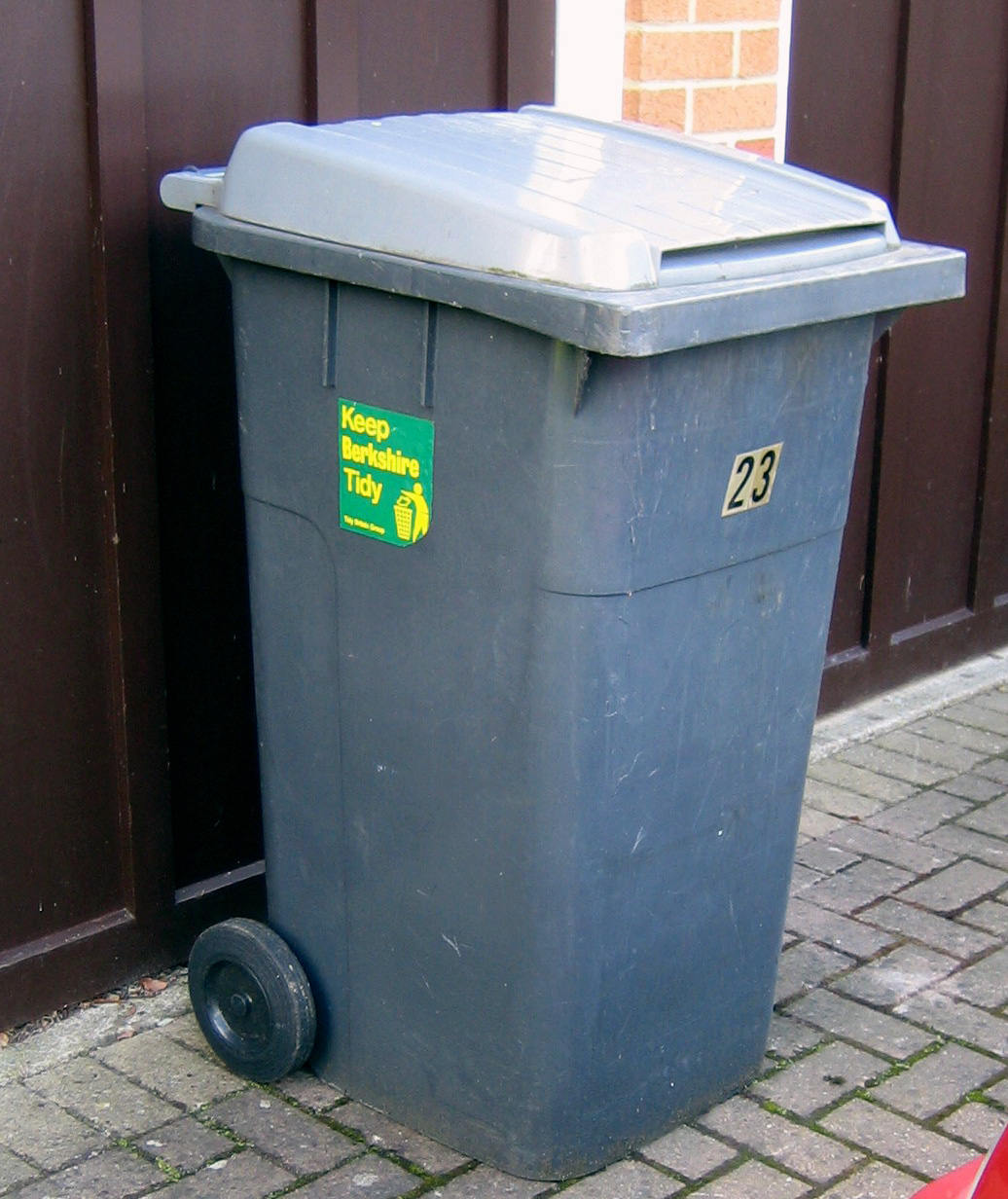How to create a container image

Container
Running application.
Container image

Container image
- File system with application, libraries and OS.
- part of the "installation package" for the cloud with exactly one application.
Creating an image
How to modify the application to run on the cloud?
- Separation of application, data, network and configuration.
- We write down the installation procedure.
Application dependency analysis
Each application has its dependencies on lower layers:
- at the library,
- on OS,
- on the processor.
Changing HW, LIB or OS requires changing the application.
The container image consists of layers
- Layers are immutable.
- Layers can be shared between images.
- A new entry means a new layer.
- Layering can be bypassed using mapping.
Example for layers:
- Basic Ubuntu 22.2 LTS
- Installing NGINX
- Changing the work directory
- Setting the command to run
Example Dockerfile
A Dockerfile is a sequence of instructions how to build an image.
FROM dockerfile/ubuntu
RUN \
add-apt-repository -y ppa:nginx/stable && \
apt-get update && \
apt-get install -y nginx && \
rm -rf /var/lib/apt/lists/* && \
echo "\ndaemon off;" >> /etc/nginx/nginx.conf && \
chown -R www-data:www-data /var/lib/nginx
WORKDIR /etc/nginx
CMD ["nginx"] # Define default command.Image name
Consists of:
- registry name
- name of the image
- tag
Compilation of the image
docker build . -t myregistry.tuke.sk/mynginx:0.1
|-----------------|-------|---|
registry image tagImage sharing
Dockerhub central repository or custom registry
- Database of layers
- Image database
- Tag database
Possible problems when creating an image
- Dependency on Docker Hub.
- Frequent use of unverified images.
- docker daemon running as 'root' and other security issues.
Starting the container
docker run nginxon the background
Interactive launch
docker run -it --rm nginxwith console
+----------+
| Registry |
+----------+
| Pull
v
+--------+
| Image |
+--------+
| Run
v
+-----------+
| Container |
+-----------+The container runs in a virtual environment
It sees virtual devices
- Processor
- Network
- File system
Virtual network
The container sees "its" network.
Starting with port mapping
docker run -it --rm -p 8000:80 nginx
^ ^
| |
host container
Basic network types in Docker
- Host - the container directly uses the host stack
- Bridge - virtual network within the host
- Overlay - virtual network between multiple hosts
- None - no network access
DNS in Docker
- The name of the container is its DNS name
- Therefore, there can be exactly one instance of a container with the same name
Virtual file system
- The container sees its own file system which consists of layers.
- Layering is implemented using a special file system.
- OverlayFS
Starting with network and volume mapping
docker run -p 80:80 -v /var/www:/var/www nginxMapping between real and virtual directory.
Layers of the virtual file system
+------------------+
| Operating system |
+------------------+
| build
+-------------+
| Application |-----------+----------------+
+-------------+ | |
| OverlayFS | Config | Volume
+-----------------+ +---------------+ +--------------------+
| Temporary files | | Configuration | | Application status |
+-----------------+ +---------------+ +--------------------+Separation of data from the application
- The application has no state.
- Data can be stored anywhere.
Working with file systems in Docker
- The file system is virtual
- The file system always returns to its original state after a reboot
- container mounts virtual disk space at block level or FS level
What is container status?
a part of the file system that changes and that is essential even after a restart, e.g. database
Directory mapping
We can mount an existing local folder into a new container
Connecting the current directory:
docker run -it --rm -v .:/home/user bashDocker named volume
- Docker can partially "manage" disk space.
- A special folder under Docker control.
docker volume create myvolume
docker run -it --rm -v myvolume:/myvolume bashConclusion - Docker...
- is a virtualization layer between kernel and application.
- allows you to easily run the application in the cloud.
- simplifies installation.
- There are more compatible systems for co-inerization: podman, crio
- Management of multiple Docker containers - Kubernetes, Docker Swarm/Compose.